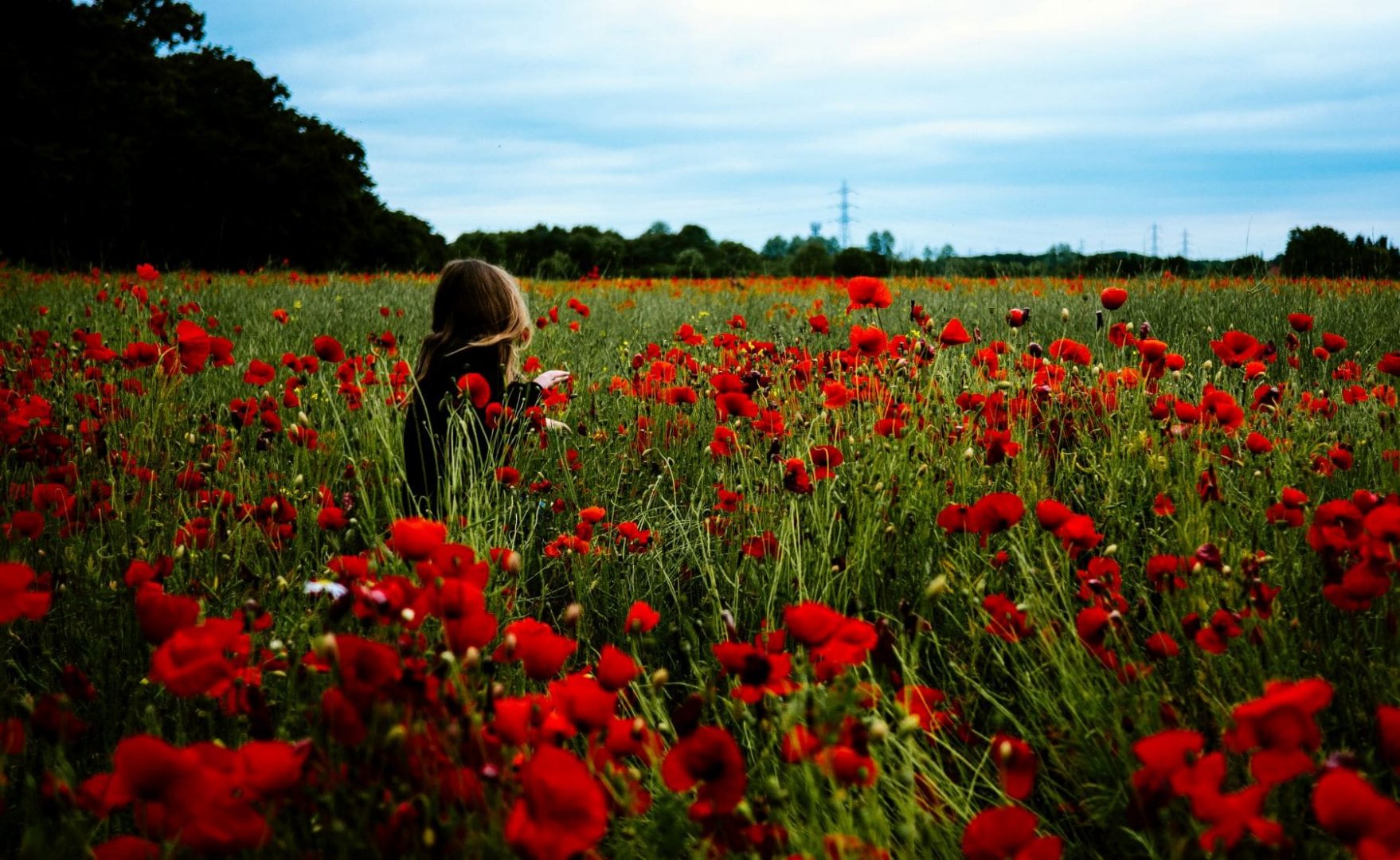1981 – 1990: from energy to brownfield

Sometimes campaigns take a while: this decade saw the creation of an Area of Natural Beauty that we first called for in 1927! The eighties also saw us start to focus on sustainable energy generation and brownfield land, and mitigating the impact of the proposed Channel Tunnel.
1981
CPRE campaigned against a grant-aid scheme to convert Halvergate Marshes in the Norfolk Broads to arable production. This became a cause célèbre and led directly to the establishment of the Environmentally Sensitive Areas Scheme which subsidised wildlife and landscape-friendly farming.
CPRE called for an energy conservation bill to implement a national programme of domestic insulation and introduce mandatory energy efficiency standards for all electrical appliances. We cited evidence showing that a programme of home insulation could be up to ten times more cost-effective than increasing electricity supply, and would help minimise future conflicts over the use of rural sites for energy developments.
CPRE also argued that energy conservation should be enshrined within the planning system as a consideration as important as the protection of agricultural land.
1983
CPRE demonstrated more cost-effective ways of meeting the nation’s electricity needs without damaging the countryside in evidence to the Sizewell B nuclear power station inquiry.
1984
CPRE’s national Green Belt campaign resulted in the government withdrawing two damaging draft circulars on green belts and land for housing.
1985
In a campaign to reform the European Commission’s Agricultural Structures Directive, CPRE prevented funding for many damaging agricultural activities and secured the first ‘green’ farm payments. The designation of the North Pennines as an Area of Outstanding Natural Beauty fulfilled CPRE work initiated many years before, in 1927.
1986
CPRE won a major public inquiry into proposals for a new settlement at Tillingham Hall, in the Essex green belt, abating the threat of a spate of such schemes.
CPRE President David Puttnam pressed Prime Minister Margaret Thatcher on the government’s commitment to urban regeneration. She replied: ‘We are seeking the right balance between the need for development and the interests of the environment. Our priority is to re-use previously developed land, particularly in urban areas, and we have made substantially increased resources available to reclaim derelict land for redevelopment.’
The increased funding helped increase the proportion of housing on previously used (brownfield) sites from 38% in the early 1980s to 45% by 1987.
1987
Much CPRE lobbying succeeded in ensuring the Channel Tunnel Rail Link was confined to a route alongside existing transport corridors and a tunnel under the North Downs.
In the context of farm subsidies leading to overproduction and food surpluses in Europe, CPRE led a fightback against UK government plans to find ‘alternative uses’ for unprofitable farmland, hosting an international seminar with speakers from the European Commission, ministry of agriculture and the National Farmers Union.
At a subsequent event, CPRE director Robin Grove White debated the issue with environment minister William Waldegrave, calling for government guidance to reflect the intrinsic value of agricultural land. A government U-turn led to a government circular confirming ‘the need to protect the countryside for its own sake, rather than primarily for the productive value of the land’.
1988
CPRE’s campaigning helped convince Chancellor Nigel Lawson to scrap tax incentives favouring blanket conifer plantations in upland landscapes. New policies ruled out fresh conifer planting in most of the English uplands – one of CPRE’s earliest campaign goals.
Another long-running CPRE campaign bore fruit when European legislation on Environmental Impact Assessments came into effect.
Ahead of electricity privatisation, CPRE joined forces with Friends of the Earth in calling for a national energy efficiency programme and ‘pollution control bodies’ to secure the best practicable environmental options for generation and regularly review the level of fossil fuel use.
Our joint report, Electricity for Life, said ‘such a policy need not entail economic sacrifices – electricity demand can be reduced at a fraction of the cost of obtaining new sources of supply’. Government energy planning at the time was based on electricity demand increasing by 60% by 2040, anticipating a requirement for 45 new large power stations.
CPRE President David Puttnam led a high-profile and successful campaign against the Lyndhurst bypass which would have cut through what is now the New Forest National Park.
1989
The government announced a straw and stubble burning ban from 1993, following a CPRE campaign which had started in 1983.
1990
The government’s first-ever Environment white paper accepted the case for statutory hedgerow protection – 20 years after CPRE’s campaign was first launched.



